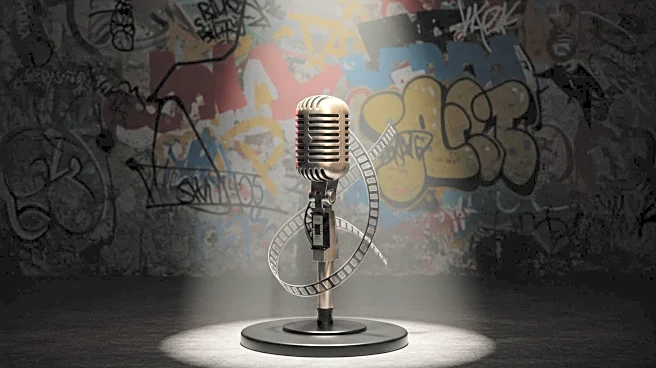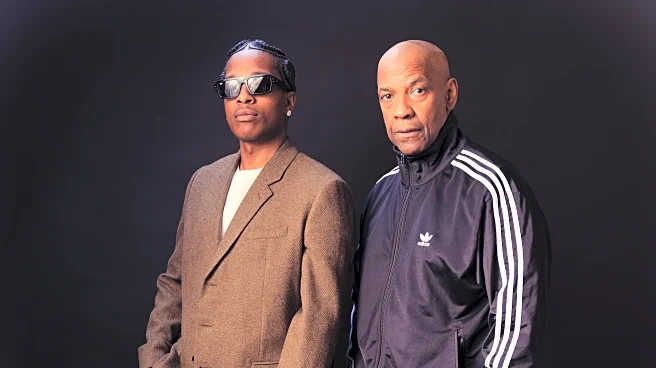What's Happening?
Spike Lee's latest film, 'Highest 2 Lowest,' attempts to address the evolving landscape of hip-hop culture. The film follows David, a record label executive facing an existential crisis as he grapples with the changing priorities in the music industry. The narrative explores themes of artistic purpose and generational shifts, with a focus on a struggling rapper named Yung Felon, whose music gains popularity despite his criminal actions. The film critiques the current state of hip-hop, highlighting issues such as the pursuit of virality and the exploitation of artists.
Why It's Important?
Spike Lee's film sheds light on the complexities of modern hip-hop culture, which has significant implications for the music industry and society. The portrayal of Yung Felon reflects real-world challenges faced by artists, including the pressure to achieve fame and the impact of social media on their careers. The film's critique of hip-hop serves as a commentary on broader cultural trends, questioning the values and priorities of contemporary music. This exploration of hip-hop's evolution may spark discussions about the industry's future and the role of artists in shaping cultural narratives.
Beyond the Headlines
The film's depiction of hip-hop culture raises ethical questions about the influence of music on society and the responsibilities of artists and industry leaders. Spike Lee's critique of the genre invites viewers to consider the impact of commercialization on artistic integrity and the potential consequences of prioritizing fame over substance. The film also touches on generational differences in music consumption, highlighting the need for a balance between innovation and tradition in the industry. These themes may resonate with audiences, prompting reflection on the cultural significance of hip-hop.













